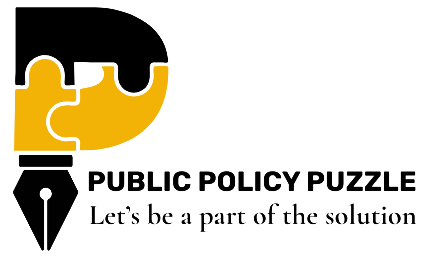Women in Politics: Barriers, Progress, and the Road Ahead
- Fiza Manzoor
- Aug 18
- 3 min read
In one of the biggest electoral years in recent history, 107 countries still have never had a woman head of state. Despite incremental progress, the global landscape of political representation remains skewed. As of 2024, only 27% of seats in national parliaments and 35.5% in local governments are held by women.
India, the world’s largest democracy, reflects a similar paradox. While women’s participation as voters has surged, only 14% of elected members in India’s national parliament are women. This persistent underrepresentation raises important questions for public policy: Why are women still excluded from leadership, and what institutional barriers continue to hinder their rise?
The Gender Gap in Representation
Female under-representation in politics is not merely a national issue; it’s global and structural. According to the United Nations, only one in four parliamentarians worldwide is a woman, a reality that affects not just gender equity but also policy outcomes. Studies consistently show that increased female participation in governance leads to higher investment in welfare, healthcare, and education.
In India, women have shown strong engagement at the grassroots. For instance, during the 2014 general election, over 260 million women cast their vote, and in 16 of 29 Indian states, more women voted than men. Yet, when it comes to contesting elections, women remain on the margins.
Barriers Women Face in Indian Politics
Despite legal frameworks and institutional provisions aimed at encouraging women’s participation, several barriers persist:
1) Patriarchal Mindset
A deeply rooted patriarchal culture continues to perceive politics as a male domain. Female candidates often face skepticism about their capabilities, leadership, and decision-making.
2) Low Representation
Even though women constitute nearly half of India’s population, their representation in Parliament and state legislatures remains disproportionately low. Without mandated political quotas at higher levels, progress remains sluggish.
3) Violence and Discrimination
From online abuse to real-life threats, women in politics often face gender-based violence and harassment, both within and outside their political parties. This hostile environment discourages many from pursuing political careers.
4) Societal Expectations
Women are expected to be primary caregivers at home, which often conflicts with the demands of public life. Balancing personal responsibilities with political aspirations becomes a formidable challenge.
Public Policy Solutions and Implementation Gaps
While India has implemented various policies aimed at gender equality, the challenge lies in their execution. Corruption, lack of awareness, and weak enforcement mechanisms dilute their effectiveness. For example, schemes like Swadhar Greh provide shelter and support to women in distress, but their reach and impact are often limited due to bureaucratic hurdles and underfunding.
Policy experts have suggested concrete measures, such as reducing the security deposit fee for women candidates, similar to the benefit offered to SC/ST candidate,s to make contesting elections more accessible for women.
Why Women in Politics Matter
Increasing women’s participation in governance is not just about representational justice; it’s about better policymaking. Women lawmakers bring unique perspectives, prioritize healthcare, education, and gender-sensitive issues, and are more likely to invest in social infrastructure.
Global trends offer mixed hope. While more women than ever are contesting top political positions in 2024, nearly half of the world’s elections featured women candidates for head of state, the results are far from equal. Three times as many men were re-elected as women were elected. Nevertheless, some countries broke new ground by electing women to succeed male leaders, hinting at a slow but meaningful shift.
The Way Forward: Supporting Women in Public Life
To foster women’s political leadership, we need systemic change. This includes:
Mentoring and coaching women candidates
Training in media handling, political campaigning, and policy-making
Political party reforms that ensure fair ticket distribution
Gender quotas beyond local panchayats, especially in state assemblies and Parliament
Conclusion: Toward an Inclusive Democracy
Women in Indian politics have journeyed far from trailblazers like Sarojini Naidu and Indira Gandhi to contemporary leaders navigating complex terrains. Yet, the road to true gender equality is still under construction.
Empowering women to lead requires political will, societal support, and inclusive public policies. As more women rise in politics, they will not only break glass ceilings but also reshape India’s governance landscape to reflect the diversity and aspirations of all its people.
